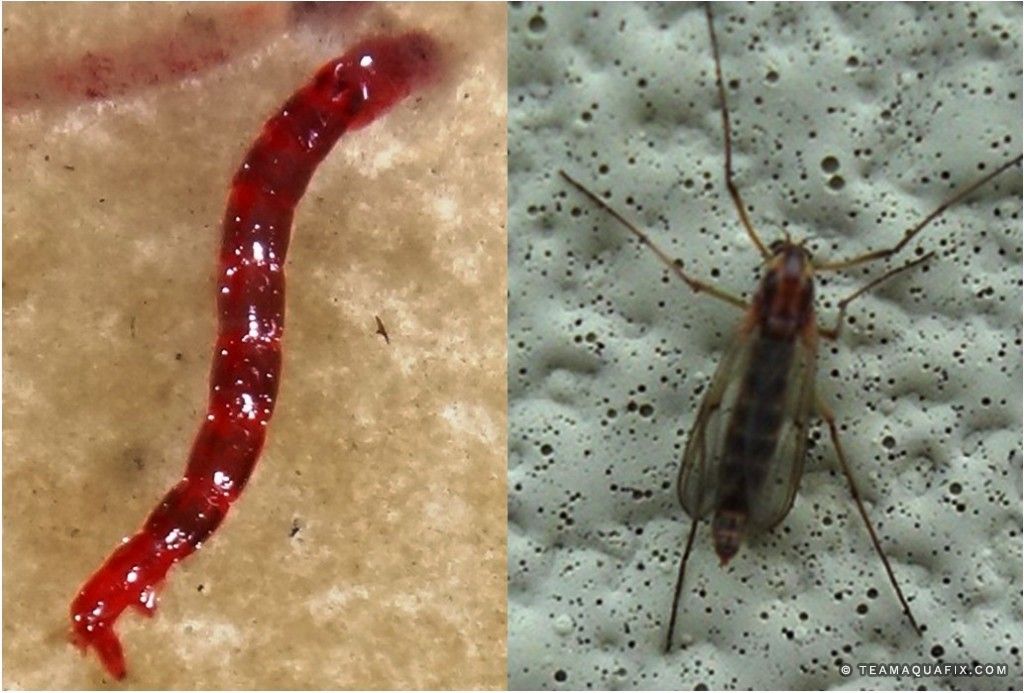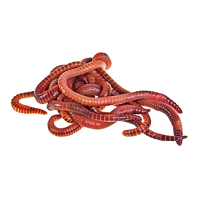Healthy red wigglers: Excellent picks for your composting needs
Wiki Article
Why Red Wigglers Are the most effective Option for Your Composting Needs
Red wigglers have actually arised as a superior choice for composting due to their impressive capability to successfully disintegrate organic issue while generating high-quality worm spreadings. The trip to effective vermicomposting entails even more than just acquiring these worms, and recognizing the excellent problems and false impressions bordering them is important for optimizing their capacity.Advantages of Red Wigglers

Red wigglers prosper in a selection of conditions, making them adaptable to various composting setups, from little containers to bigger systems. They excel in vermicomposting, where their task develops a high-quality final result recognized as worm castings, abundant in advantageous microbes and nutrients essential for plant growth. This all-natural fertilizer promotes soil health and wellness, boosts moisture retention, and enhances plant durability against bugs and diseases.
Furthermore, employing red wigglers can substantially lower methane emissions related to garbage dump waste, contributing to ecological sustainability. Their simplicity of care and very little maintenance demands make them appropriate for both beginner and knowledgeable composters. Inevitably, incorporating red wigglers into your composting strategy not only promotes reliable waste monitoring yet additionally boosts the quality of your compost.
Ideal Composting Conditions
Creating optimum composting problems is vital for optimizing the efficiency of red wigglers in damaging down natural matter. These worms prosper in a regulated environment that mimics their all-natural environment, which mostly consists of wet, dark, and well-aerated rooms. To attain this, keeping a temperature level series of 55 ° F to 77 ° F is critical, as severe temperatures can inhibit their activity or perhaps cause mortality.(red worms for sale)Wetness levels must also be carefully monitored; red wigglers call for a moist environment, ideally around 70% moisture content. Excessive wetness can lead to anaerobic conditions, while inadequate wetness can cause dehydration. Additionally, a well balanced carbon-to-nitrogen ratio, preferably around 25:1 to 30:1, supports optimal digestion and nutrient biking.
Additionally, the composting medium should be kept loose and oxygenated, permitting correct air flow. This not only profits the worms but also aids in the break down of organic products. By ensuring these suitable problems, composters can create a successful community that enhances the performance of red wigglers, ultimately causing abundant, nutrient-dense garden compost.
Just How to Start Vermicomposting
Beginning vermicomposting is a simple process that can produce considerable advantages for both your yard and the atmosphere. To start, select a suitable container, such as a plastic container or a wood box, ensuring it has air flow openings for airflow. A size of about 15 to 20 gallons is perfect for small operations.Following, prepare the bed linen product, which should be a mixture of shredded paper, cardboard, and coconut coir. This bed linens provides a comfortable habitat for the worms while maintaining dampness. Go for a bed linens depth of about 4 to 6 inches.
When the bed linens is ready, present red wigglers right into the bin. A population of around 1,000 worms is sufficient for refining kitchen area scraps properly. After including the worms, incorporate a balanced mix of eco-friendly products, such as vegetables and fruit scraps, along with brown materials, like dried leaves.

Nutrient-Rich Castings
(red wiggler farming)The red wigglers in your vermicomposting system play an essential role in producing nutrient-rich spreadings, a highly in-demand organic fertilizer. These spreadings, frequently referred to as worm humus, are the outcome of the worms absorbing raw material and secreting it in a kind that is unbelievably advantageous for plants.Rich in important nutrients such as nitrogen, phosphorus, and potassium, worm eisenia fetida for sale castings provide a well balanced resource of fertility that improves dirt framework and advertises healthy plant development. Furthermore, they have valuable microorganisms that even more enhance soil health, helping in nutrient absorption and illness resistance.
The slow-release nature of worm spreadings makes sure that nutrients are offered to plants over a prolonged duration, lowering the danger of nutrient leaching and hence adding to lasting gardening techniques. Unlike artificial fertilizers, which can lead to dirt destruction over time, worm castings improve the soil's physical, chemical, and organic properties.
Consequently, incorporating red wigglers right into your composting efforts not just mitigates waste yet additionally generates a costs natural modification that dramatically benefits gardens, landscapes, and potted plants alike. - red wigglers
Typical Mistaken Beliefs About Worms
While lots of people identify the advantages of utilizing worms in composting, several misconceptions continue concerning their biology and actions. One usual myth is that all worms are equally reliable for composting, when in truth, just specific varieties, like red wigglers, grow in organic waste settings. These worms are especially adapted to composting, making them excellent for this purpose.One more false impression is that worms are vulnerable and need overly details problems to make it through. In truth, red wigglers are rather durable, able to endure a variety of temperature levels and dampness degrees, given they are kept within an appropriate variety.
Additionally, some believe that worms eat all sorts of food waste indiscriminately. However, red wigglers favor certain natural products, such as vegetables and fruit scraps, and can battle with meat, dairy products, and oily foods, which can produce smells and bring in parasites.
Conclusion
In final thought, red wigglers represent an optimal selection for composting due to their rapid decomposition capacities and adaptability to numerous environments. Understanding the ideal conditions for vermicomposting and attending to usual false impressions about these worms better strengthens their role in reliable waste monitoring.Report this wiki page